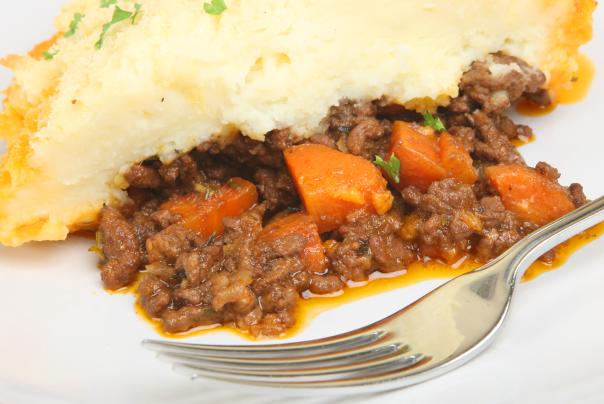
It is easy to see why food costs have risen so drastically. Weather, energy, geopolitics, Government policy, currency exchange rates, trade policy as well as freight and labour costs on the supply side, and consumer spending on the demand side have been the main impacting factors. But what do we expect food inflation to do next?
By examining Producer Price Inflation (PPI), forecasts can be derived for the potential for future food inflation. We track prices and have concluded that the full-year effect in 2024 may be as little as 3%.
However this is not all good news as it doesn’t mean food prices are coming down, but the rate at which food prices have been increasing is starting to slow.
So what can you do? For a start, purchase loose boxed vegetables instead of ready-prepped, which can be up to 50% more expensive.
Consider using a sandwich supplier and save some of the payroll costs by tasking chefs to prep other core ingredients such as vegetables. Use the whole fruit or vegetable. For example cooked banana skins can replace pulled pork.
Control, monitor and reduce food waste
Try to order cases rather than splits for multi temp purchases where possible. Make in-house jars of sauces and dressings rather than purchasing pre-made. This is also better from a nutrition perspective as many premade sauces and dressings are processed foods.
Reduce deliveries, increase drop volumes and efficiencies and reduce emissions. Substitute branded lines for own brand if appropriate to do so. Try alternative products that are cheaper, better value and more sustainable. Batch cook to use up leftovers and increase efficiencies from both an ingredient and an operations point of view.
Simplify menus
This doesn’t mean reducing variety or quality, but fewer ingredients can mean more focus on better production. Use a price comparison tool to create shopping baskets and order lists. And cost recipes and menu cycles, including an assessment of recommended portions - especially protein.
Purchase seasonal ingredients, which can also have nutritional benefits and reduce ruminant meat consumption by trialling hero dishes and new innovative products to replace the ruminants on menus. Devil’s Kitchen do a brilliant range and these products that can be ordered via Bidfood.
Small changes
You don’t have to make big changes. You may like to start by swapping half of the beef mince in your cottage pies, for example, with a better value and more sustainable alternative. Plant-based, white meat and blended mince alternatives are available. And look at reducing non-plant based protein portion sizes.
Try removing terminology from recipes such as vegan or vegetarian and put more of these into menu cycles. The ‘v words’ can sometimes deter diners from choosing delicious plant-based options, which may be more cost effective.
Ensure staff training is up to date. Skilled production methods can save costs and reduce waste. Development days can also help inspire cost effective and fresh ideas.
Finally, maintain equipment regularly. Poorly maintained kit will affect the quality of food, increase waste and use excess utilities such as water and energy. Sadly it’s a false economy to not maintain or replace foodservice equipment.
For more information, visit here.